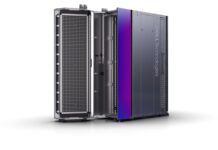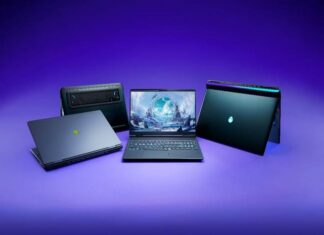What do the microwave oven and WWII have in common? In 1940, Sir John Randall and Harry Boot worked on creating shorter microwaves that were required for a crucial part of a radar used during that war. They invented a valve that could spit out pulses of microwave radio energy on a wavelength of 10cm, an unprecedented discovery. Not long after, the invention was taken across to the United States to be exchanged for financial and industrial help.
It was by accident that the specific heating power of a microwave beam was discovered. Percy Spencer noticed that the chocolate bar in his pocket melted because of the radar set he was working on. He then explored the potential further and the first food he ever heated deliberately was popcorn. The second thing he heated was an egg, which most people today know is likely to explode in a microwave, which Spencer’s experimental egg did.
Mike van Lier, Director of Consumer Electronics, Samsung South Africa, says, “All technological developments stem from those who experimented. Microwave ovens today are a far cry from the first ovens developed, but they’re still the go-to cooking method for popcorn.”
The first commercially available microwave was massive, weighing 340 kilograms. It was installed in the galley of the nuclear-powered passenger and cargo ship, NS Savannah in 1947, where it remains. The ‘Radarange’ was created by American company Raytheon, that then began developing ovens for home use. The race was on, with several companies creating and developing microwave ovens and they soon began appearing in households around the world. In 2008, South African households who owned a microwave almost doubled (38.7%) from the number in 2002 (19.8%).
“The convenience of using microwave cooking is undeniable, especially in today’s fast-paced world. The Samsung HotBlast™, for example, can cook a roast chicken 47% faster than a normal conventional oven, without compromising on taste, skin crispness and juiciness,” says van Lier.
Previously, microwave ovens were limited in terms of certain types of cooking and achieving crispiness was an impossibility. But not only does modern technology now address this issue, so that even gourmet chefs can comfortably create sumptuous dishes in microwaves, it has also been established that this type of cooking is in fact healthier. This is because nutrients in food are mostly lost by leaching into cooking water and microwave cooking makes use of the food’s own water content. For example, spinach loses around 77% of its folate when boiled, but retains almost all of it when microwaved. Microwave blanching is between three and four times more effective in retaining water-soluble vitamins, folic acid, thiamin and riboflavin.
“The HotBlast™ offers all the convenience and features a modern-day cook needs. The Slim Fry technology combines a grill with warm air circulation, so food is cooked juicy on the inside and crispy on the outside, using only a touch of oil. The consistent heat distribution allows you to enjoy perfectly grilled and browned food every time. With 15 pre-set Cook with Ease menus, you can effortlessly prepare perfectly cooked and nutritious homemade dishes. If you want to conjure your inner foodie or really impress the family with your culinary skills, you will enjoy the fermentation mode, that allows you to make your own yoghurt and get dough to rise perfectly,” concludes van Lier.
Provided by Samsung SA



























